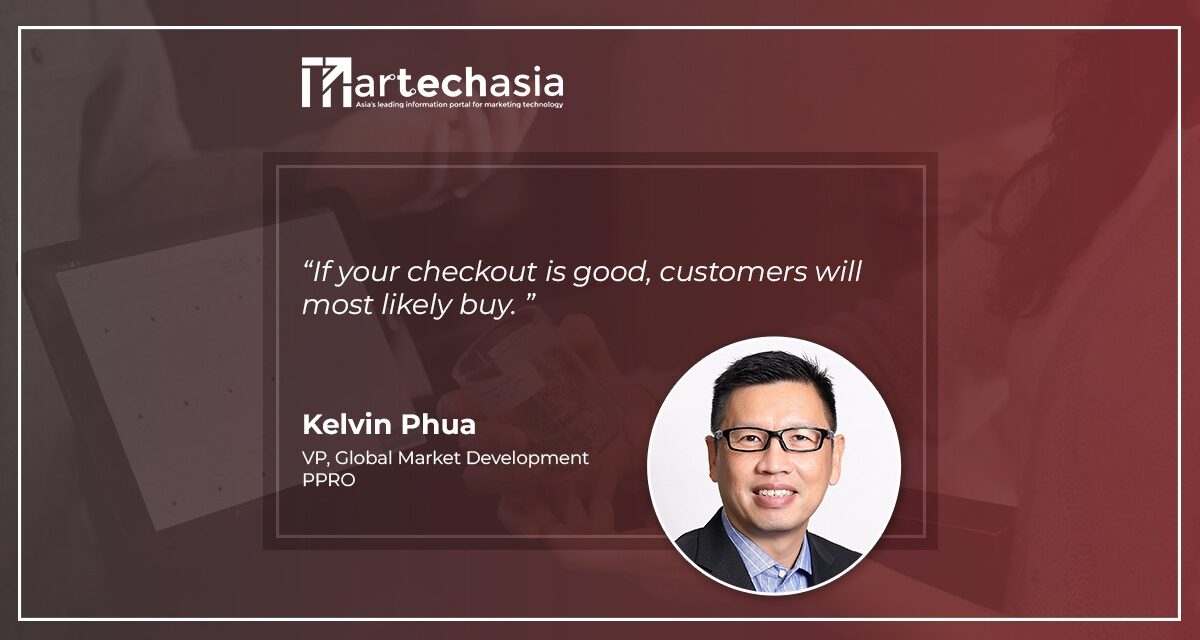What can you do to ensure your checkout is set-up to increase your conversions?
In the e-commerce industry it’s no secret that everyone wants to sell more. Whether it’s via social media, through user testimonials, offering discounts or displaying how many items are left in your inventory to urge consumers to purchase – there are many ways to sell.
Yet, most importantly, if you manage to drive people to click the buy button, they need to be able to check out first. And the checkout is crucial for conversion. In fact, the likelihood of a conversion increases the farther along customers are in the buying journey, and this likelihood tops 80% if a consumer makes it to the payments page. So, in theory, if your checkout is good, customers will most likely buy.
So, what can be done to ensure your checkout is set-up to increase your conversions?
Keep it simple
The more trouble your customers have navigating your website, the less likely they are to buy. But when it comes to the checkout, the more fields and steps a checkout has, the less likely people are to convert. As such, keep the checkout simple and streamline the number of fields or pages by only asking for information that is absolutely necessary to complete the transaction. On the checkout page, use clear, everyday language which is consistent with the language on the rest of your website.
Be Honest
Trust is key when it comes to payments, so being honest with your customer is essential. Pricing should be transparent at all times so there aren’t any surprises at checkout. 48% of shoppers abandon carts because of extra costs such as shipping, taxes, and higher fees than expected.
The solution? Let customers know of any estimated fees, early on.
Make it secure
Shoppers do not only want simple and honest checkouts that are easy to navigate. They also want to feel safe when shopping online.
On the merchant side, estimates say online fraud can cost merchants over $12 billion per year. So, it is extremely important that your checkout is secure. Artificial intelligence can be used to put off fraudsters without getting in the way of discouraging real customers. Showing a security designation, such as an SSL certificate, which means your website is authentic and connections to it are encrypted can also help to reassure customers.
Diversify your devices
We live in an age where shopping on mobile devices, including laptops, phones and tablets, is the norm. Worldwide, there are around 15 billion mobile devices, and you need to ensure that your shopping experience runs smoothly on all devices, including when it comes to checking out.
The right payment methods
This one may seem obvious, but you have to offer your consumers the right payment methods at the checkout. The “right” payment options are the ones your customers use and want. Since the preferred methods change depending on where you are in the world, you need to know how people like to pay wherever you are selling.
In fact, 77% of online purchases in 2021 were made with local payment methods (LPMs). For example, a popular LPM in Singapore is GrabPay whereas if you are in Indonesia, GoPay and Kredivo are favoured options that belong to the payments mix.
How to know you have nailed conversion
E-commerce is complex and getting things right at the checkout is not simple. By considering all of the above, and putting yourself in your customers’ shoes, you will be able to make their online shopping experience as seamless and easy as possible, ultimately increasing your conversion rates and realising the sales you are striving for.



















